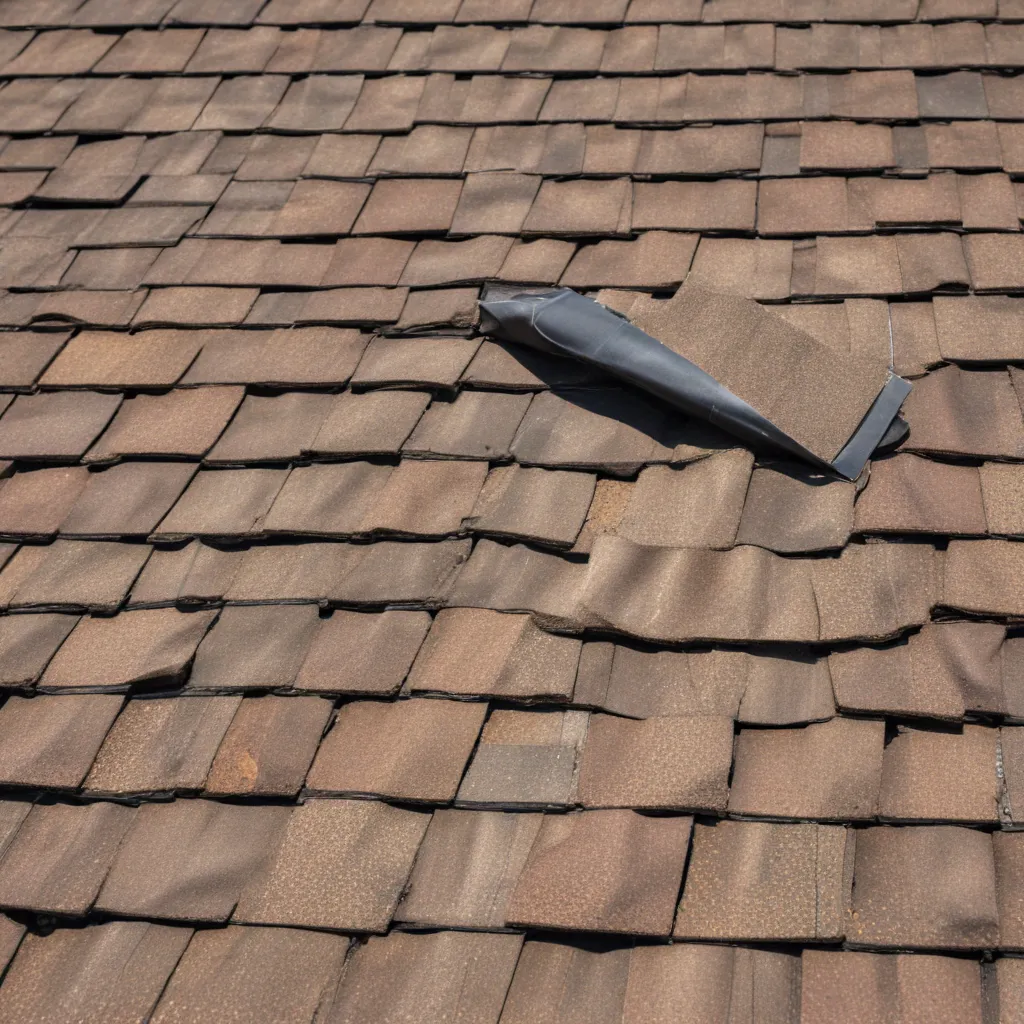
Roofing underlayment is the unsung hero of a well-performing and long-lasting roof system. Underlayment plays a critical role in safeguarding your home against weather-related damage, moisture intrusion, and other issues that can compromise the integrity of your roofing materials. When selecting the right underlayment for your home, it’s essential to consider factors such as your local climate, roof type, and primary roofing materials to ensure optimal protection and compatibility.
In this comprehensive guide, we’ll explore the various types of roofing underlayment, their unique properties, and how to choose the best solution for your home’s specific needs. Whether you’re planning a new roof installation or considering a roof replacement, understanding the importance of underlayment selection will empower you to make informed decisions that enhance the durability, energy efficiency, and aesthetic appeal of your home.
Roofing Underlayment Types
The primary types of roofing underlayment include synthetic, felt, and rubberized solutions, each with its own advantages and considerations.
Synthetic Underlayment
Synthetic underlayment is a popular choice among homeowners and roofing contractors due to its superior performance characteristics. These underlayments are typically made from materials such as polypropylene or polyester, offering enhanced water resistance, durability, and breathability compared to traditional felt options. Synthetic underlayments are also lightweight, making them easier to handle and install. Their increased tear resistance and wind uplift protection can contribute to the long-term performance of your roofing system.
Felt Underlayment
The traditional asphalt-saturated felt underlayment, often referred to as “tar paper,” is a time-honored choice. These underlayments are made from natural materials like cellulose or wood fibers, saturated with asphalt to provide water resistance. While felt underlayment is a more affordable option, it may not offer the same level of durability and water protection as synthetic or rubberized alternatives.
Rubberized Underlayment
Rubberized asphalt underlayment features a highly water-resistant and durable coating, providing an exceptional barrier against moisture intrusion. This type of underlayment is often used in conjunction with other underlayment layers, particularly in vulnerable areas like valleys or roof penetrations, to enhance overall system protection.
Underlayment Properties
When selecting the right underlayment for your home, it’s essential to consider its key performance characteristics, including waterproofing capabilities, tear resistance, and breathability.
Waterproofing Capabilities
Arguably the most crucial function of roofing underlayment is its ability to create a robust water-resistant barrier. Synthetic and rubberized underlayments generally excel in this regard, providing superior protection against water infiltration and safeguarding your roof deck and home from potential water damage.
Tear Resistance
Underlayment must be able to withstand the rigors of installation and the elements. Synthetic underlayments typically offer enhanced tear resistance, ensuring the material maintains its protective integrity even in the face of harsh weather conditions or unexpected punctures.
Breathability
Proper ventilation is essential for maintaining the long-term health of your roofing system. Synthetic underlayments often feature a higher degree of breathability, allowing water vapor to escape and preventing trapped moisture that could lead to mold, mildew, or premature deterioration of roofing materials.
Roof System Compatibility
The type of roofing material you choose will directly impact the selection of your underlayment. It’s crucial to ensure compatibility between the two for optimal performance and warranty coverage.
Asphalt Shingle Roofs
For asphalt shingle roofs, a wide range of underlayment options, including felt, synthetic, and rubberized varieties, can provide effective protection. The choice often depends on factors like your local climate, roof pitch, and budget.
Metal Roofs
Metal roofs require specialized underlayment that can withstand high temperatures and provide enhanced water resistance. Synthetic and rubberized underlayments are generally the preferred choices, as they offer superior thermal stability and the ability to seal around fasteners, preventing potential leaks.
Tile and Slate Roofs
For tile and slate roofing systems, the underlayment must be able to accommodate the unique installation requirements and weight of these materials. Synthetic and rubberized underlayments are often the go-to choices, as they can provide the necessary support and protection for these premium roofing options.
Factors for Underlayment Selection
When it comes to choosing the right roofing underlayment for your home, several key factors should be considered to ensure optimal performance and long-term protection.
Climate Considerations
Your local climate and weather patterns play a crucial role in determining the most suitable underlayment. Regions with extreme temperature fluctuations, heavy snowfall, or intense winds may require underlayment with specific properties, such as enhanced thermal stability or wind uplift resistance.
Roof Pitch and Design
The slope and overall design of your roof can also influence the selection of the appropriate underlayment. Steeper roof pitches may benefit from a more robust underlayment to manage water runoff, while complex roof layouts, such as those with valleys or dormers, may necessitate targeted underlayment solutions to address these vulnerable areas.
Budget and Cost-Effectiveness
While the initial cost of the underlayment is a consideration, it’s essential to weigh the long-term benefits and potential savings associated with a high-quality solution. More expensive synthetic or rubberized underlayments may offer superior performance and durability, ultimately leading to reduced maintenance and repair costs over the life of your roof.
At Genuine Roof Systems, we understand the crucial role that roofing underlayment plays in protecting your home and safeguarding your investment. Our team of experienced roofing specialists is dedicated to guiding you through the selection process, ensuring you choose the right underlayment solution that aligns with your specific needs and delivers long-lasting performance.
By partnering with Genuine Roof Systems, you can be confident that your roof, from the underlayment to the shingles or metal panels, will be expertly installed and maintained to provide unparalleled protection and value for your home. Contact us today to discuss your roofing project and discover how the right underlayment can contribute to a robust, durable, and well-performing roofing system that enhances the overall appeal and performance of your home.

























